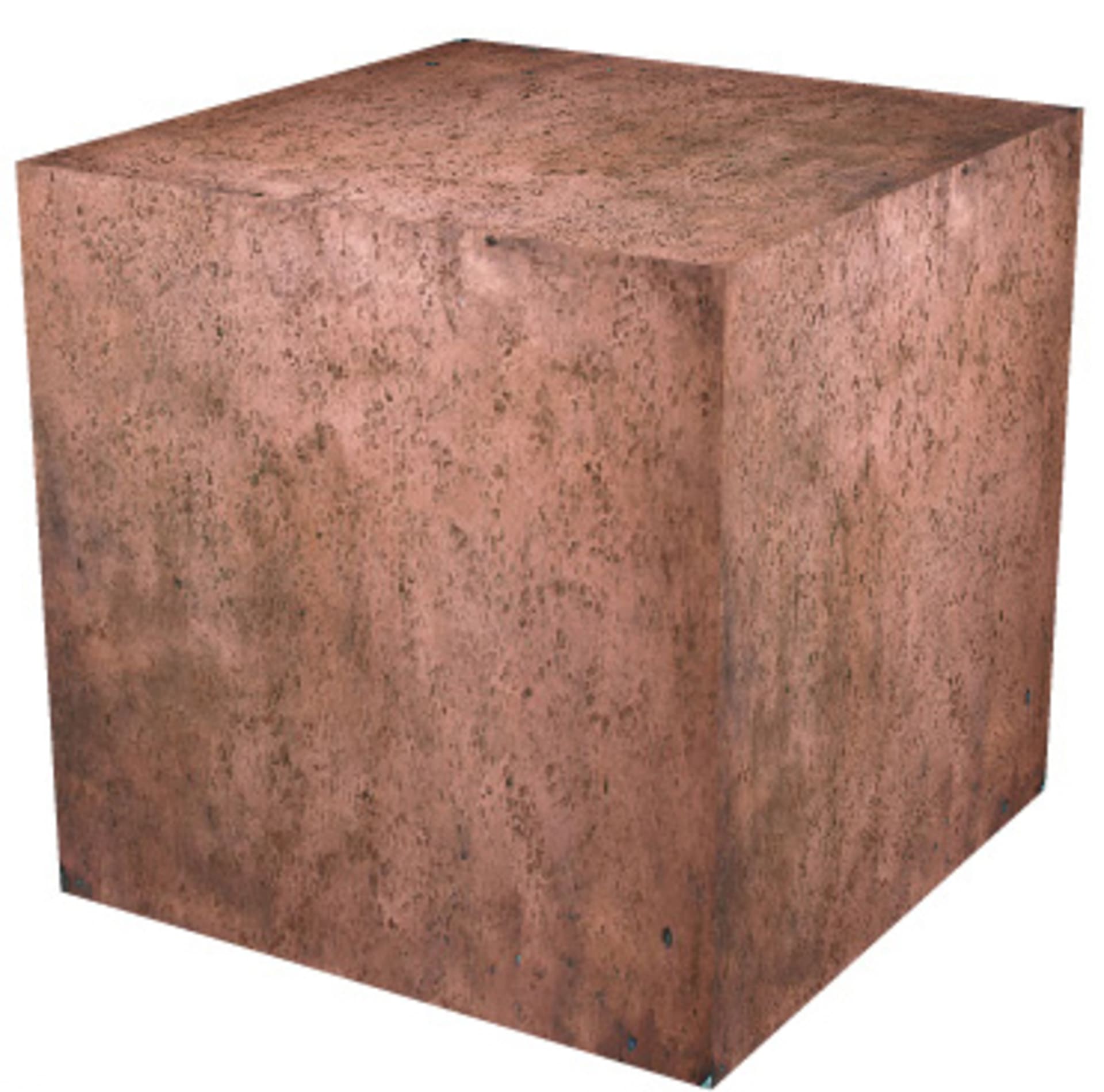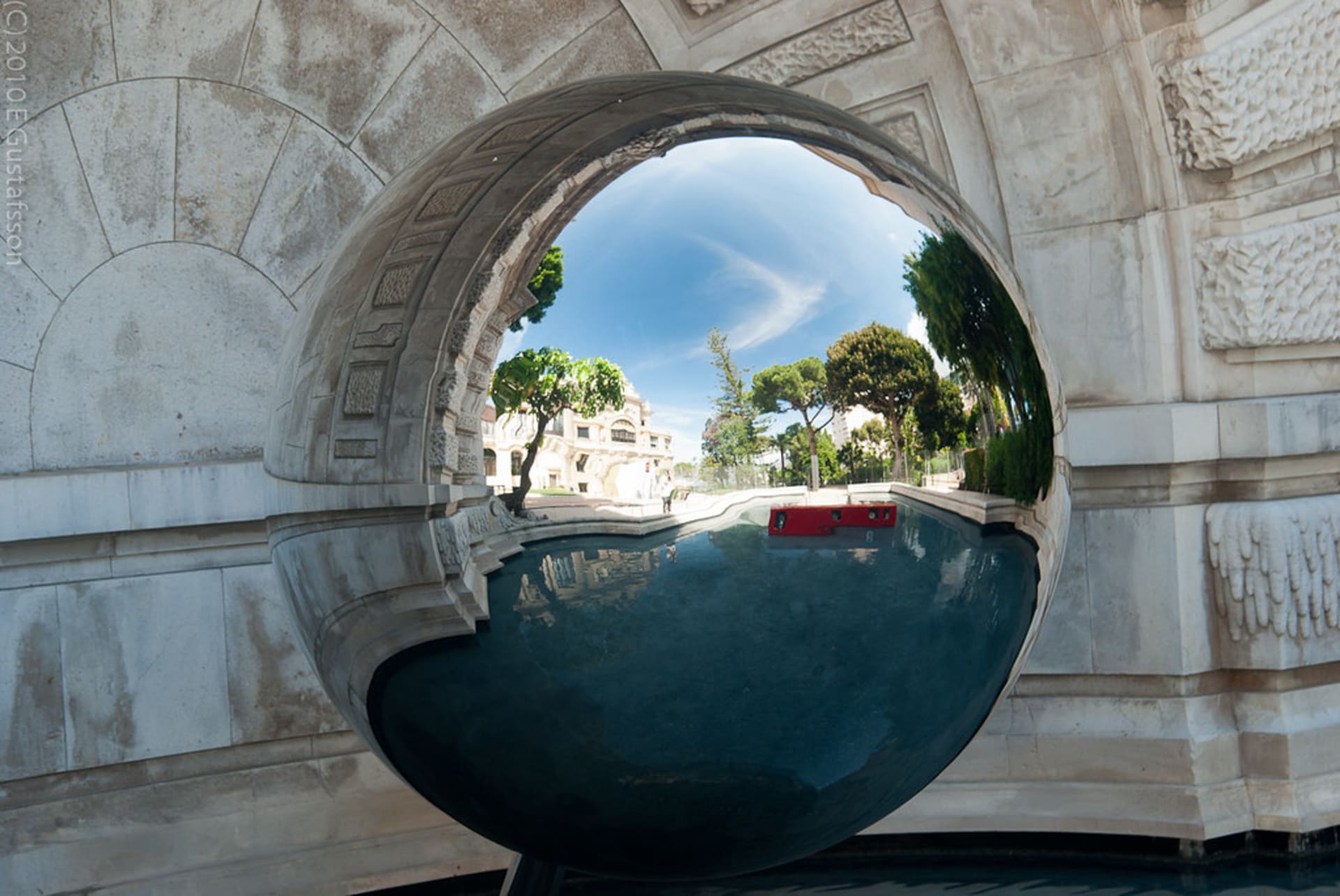What is 3D Rendering? The Ultimate Guide for 2025

Posted: June 13, 2019 By: GSW Animation
What is 3D Rendering?
I remember asking this question back in 2008 when I first heard about 3D rendering.
I knew it had something to do with computer graphics, but I still wasn’t exactly sure what it meant. There are hundreds of technical explanations of 3d rendering online but they are often filled with industry jargon or they lack any real information. That’s exactly why I am creating this guide.
I want to help you understand what 3D Rendering is and how it impacts us today in 2019.
This guide will help to explain the following ideas in layman terms:
- The basic meaning of the term 3D Rendering
- Basic 3D Rendering terminology
- How 3D Rendering impacts our lives
- Different types of 3d rendering software
- How to get started in 3D rendering
- Career opportunities in 3D Rendering
- 3D Rendering in 2019
Let's dive in!
The Basic Meaning of the Term 3D Rendering
To start, “rendering” is just a fancy way of saying "to make" or, "cause to become".
With regards to the term 3D Rendering, we are simply using computer software to help us produce an image or video (which is simply a collection of images being shown in rapid succession) based on three dimensional shapes (referred to as a 3D model).
The rendering software assists us by calculating a variety of different elements, including, the 3D shape, the texture of the object(s), the lighting in the image and the surrounding environment. Once these calculations are made, the software will spit out the resulting image, a 3D Render.
*Did you know some still image renders created by Pixar for “Monsters University” took upwards of 30 hours to produce a single frame? If a single CPU would have rendered the movie it would have taken around 10,000 years to complete.

What is needed to create a 3D Rendering:
In order to create a single image or “rendering” we must have the following in place in the 3D Scene.
(more information and the definitions of these items below)
- A 3D Model – This is a shape or collection of shapes in the 3D space from which the render is based upon
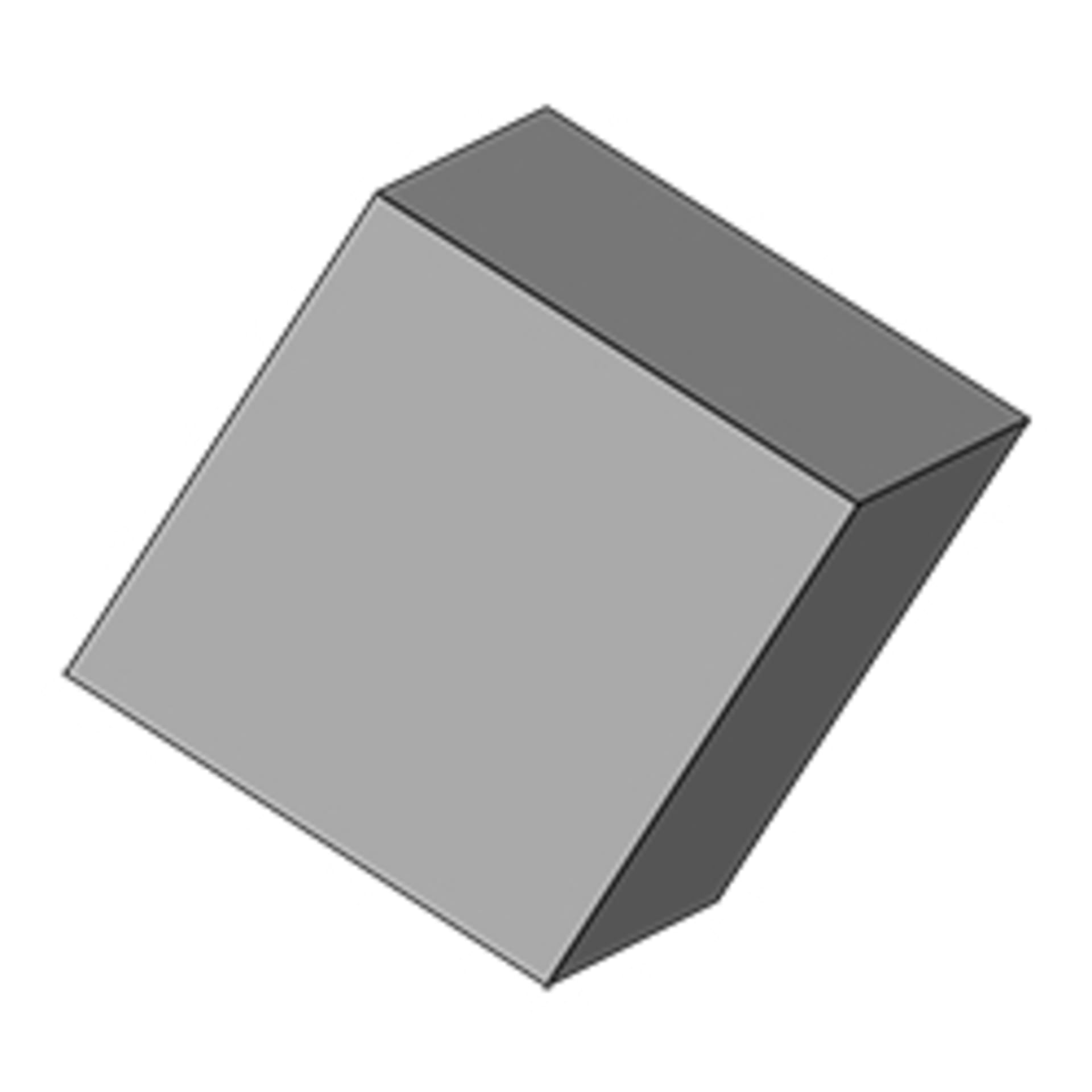
- Texture – All 3D models contain some type of texture, whether it is a dull white material with no reflectivity, an image projected onto a 3d model or a more complex material such as a liquid, all visible objects have some degree of textural information
- Lighting/Environment – Without light in a 3D scene the image is just completely black. The environment is what is going to be reflected in objects and provides context to the shapes as well as subtle light bounces from the surroundings. (These environments can often be faked by using HDRI images)
- A camera – The virtual camera in a 3D scene acts almost identically to a real world camera and is the basis from which the rendered image is taken from.
Here's a real world example of what 3D Rendering is:
As I have an art background, the most simplistic way to conceptualize rendering for me is this comparison to the drawing process:
Step 1:
While sketching a face on a piece of paper I may rough in the outlines and general 2 dimensional elements. (This would be analogous to the modeling process in 3D)
Step 2:
Once that outline is complete, I would move on to adding specific details to the face. (texture to the skin, details to the eyes, shading and highlights to the nose etc.)This second step can also be called “rendering” when drawing or painting.
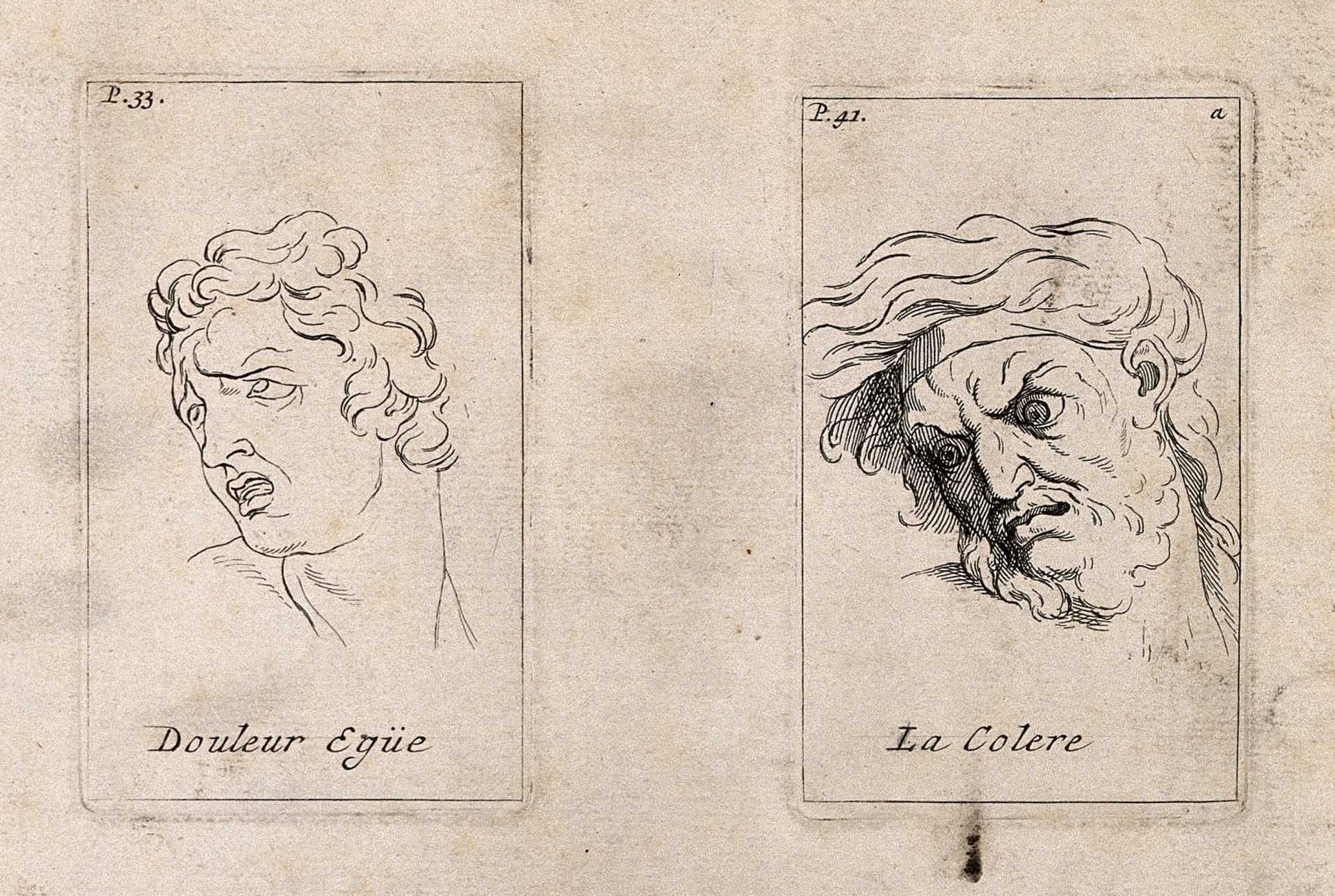
And that is 3D Rendering in a nutshell. It's that simple.
Key 3D Rendering terms you need to know
If you're still getting used to the world of 3D, there are number of confusing technical terms. This can become quite daunting.
For that reason I've put together a quick list of common terms used in 3D.
The following can be variations of the term "3D Rendering"
- 3D
- CG (Computer Graphics)
- CGI (Computer Generated Imagery)
- 3D Illustration
- 3D Visualization
- Computer Rendering
- Graphic Rendering
Architectural Rendering
This refers to creating an image (or animation) of a structure using 3D rendering technology. Architectural renderings can come in a variety of styles, including realistic, water colour, stylized, and line drawing.
Architects, realtors, builders and developers are the main clients for this service.
Synonyms or similar general meanings:
- architectural visualization
- architectural 3D
- architectural illustration
- house rendering
- exterior rendering
- interior rendering

3D Modeling
Modeling in 3D refers to the process of creating a virtual three dimensional set of shapes. This is generally the first process to creating a 3D rendering. Think of this as the foundation or "skeleton" of the 3D rendering process.
As a drawing/ painting analogy, this is the stage where you create a rough outline of shapes.
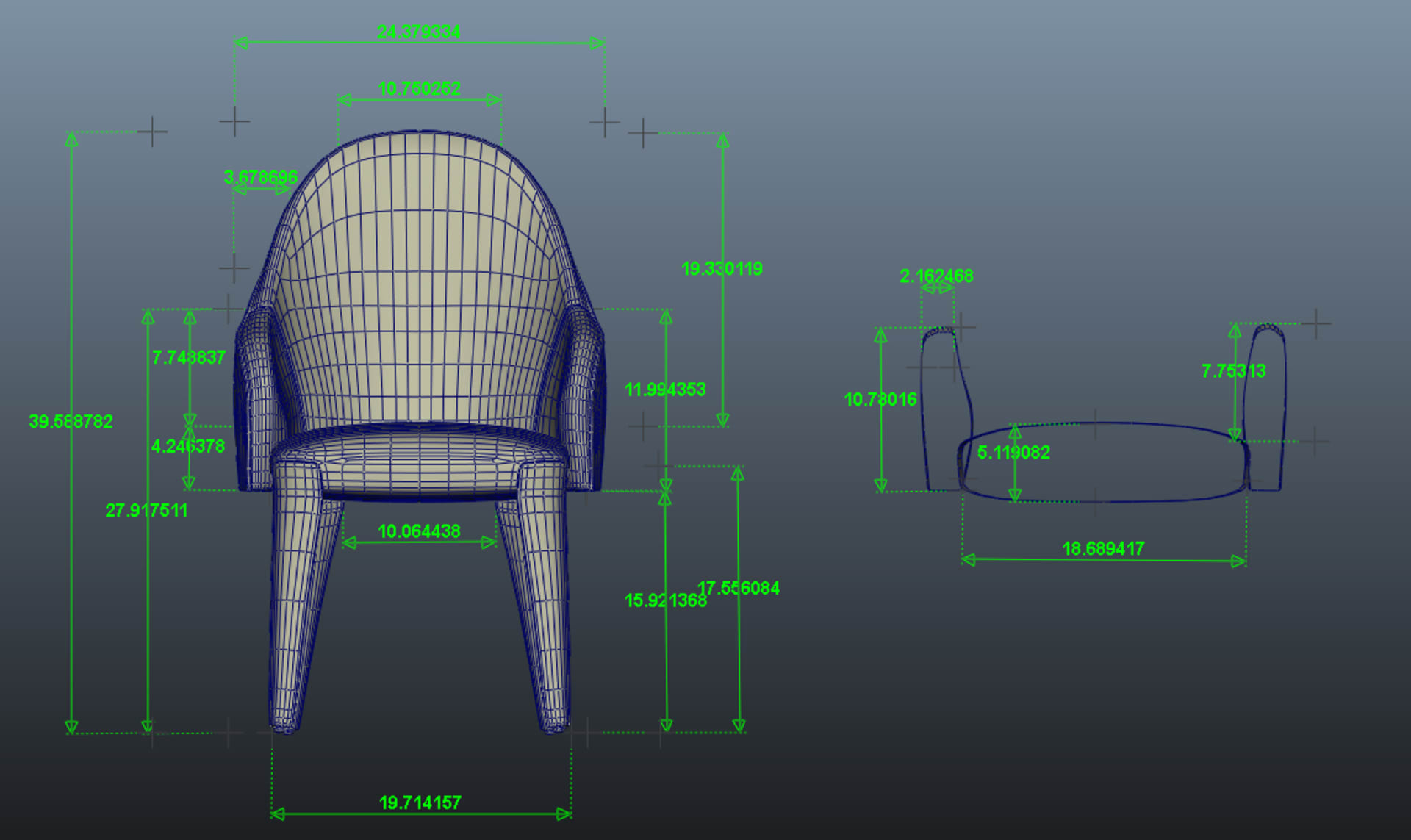
3D Texturing
Texturing in 3D refers to the addition of a two dimensional image to a three dimensional shape known as a 3D model.
If modeling in 3D is the metaphorical "skeleton" then texturing is the skin.
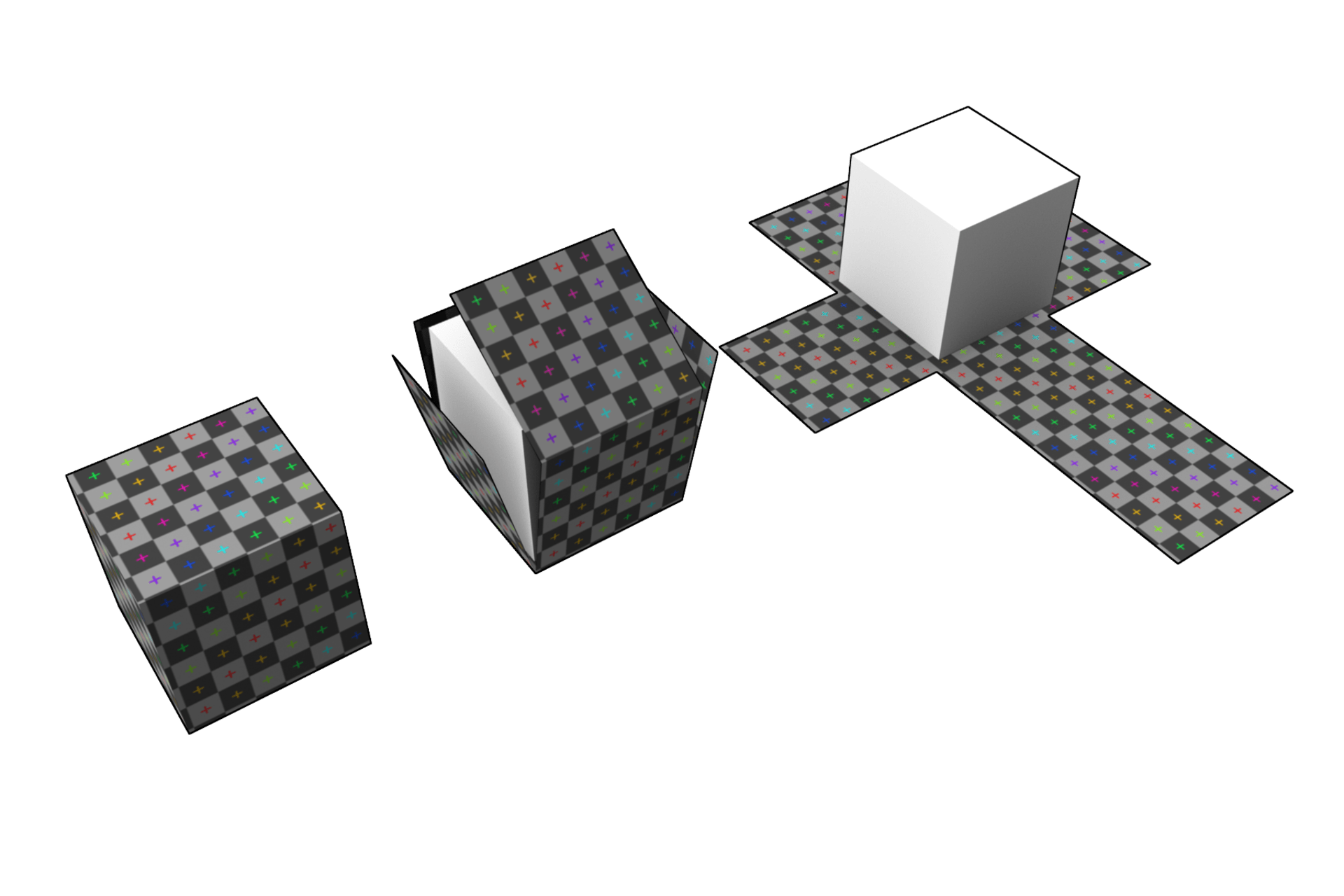
Product Rendering
This refers to the creation of product images using 3D Rendering software. These product renders often show new products or devices. The main purpose of this is to replace or augment the need for product photography.
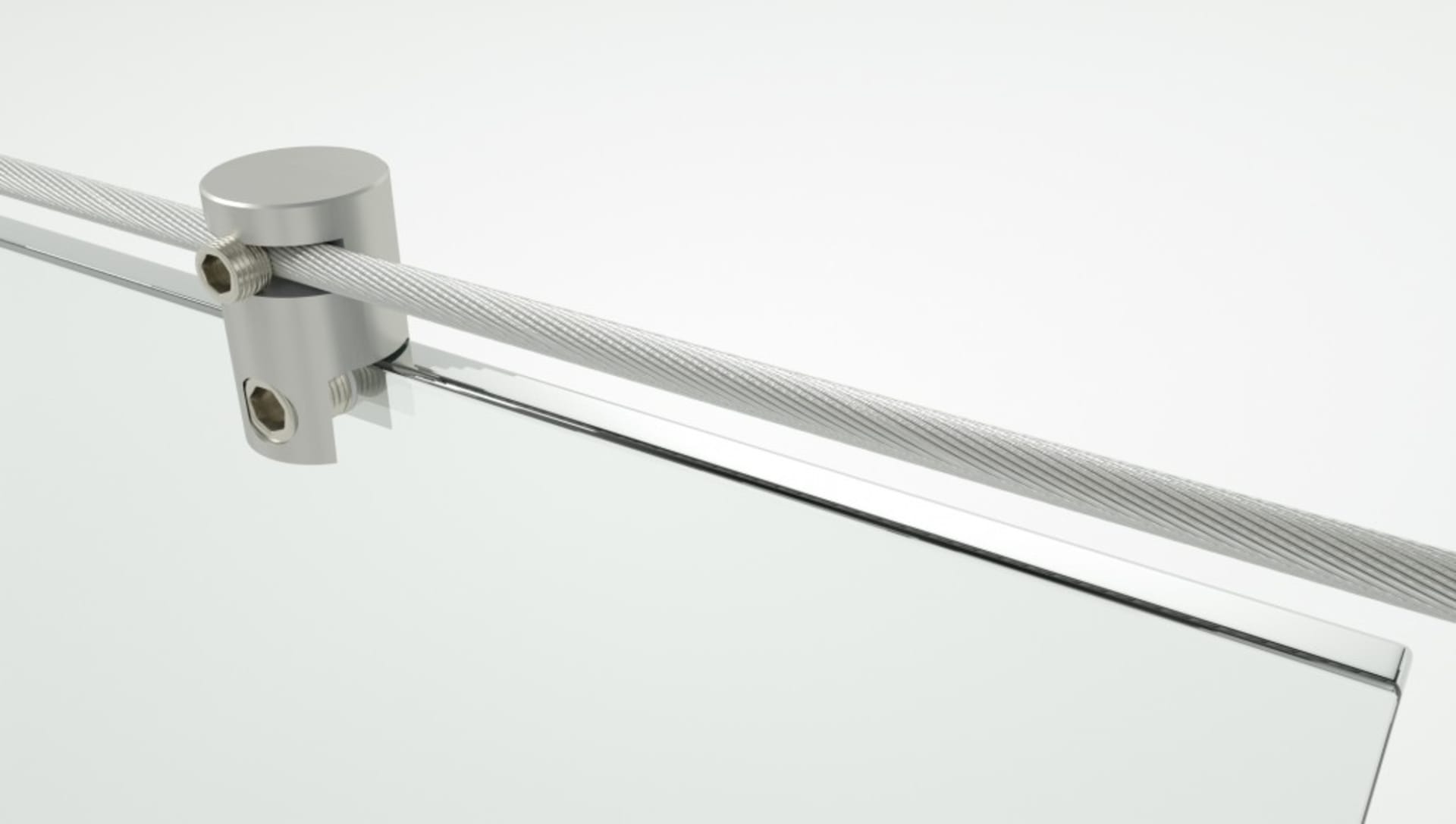
3D Floorplan
A 3D floorplan is an image which showcases a full floor of a building from the top down.
Imaging this image as though you were viewing a dollhouse with the roof removed.
These images allow clients a visual of the space to see how the space fits together.
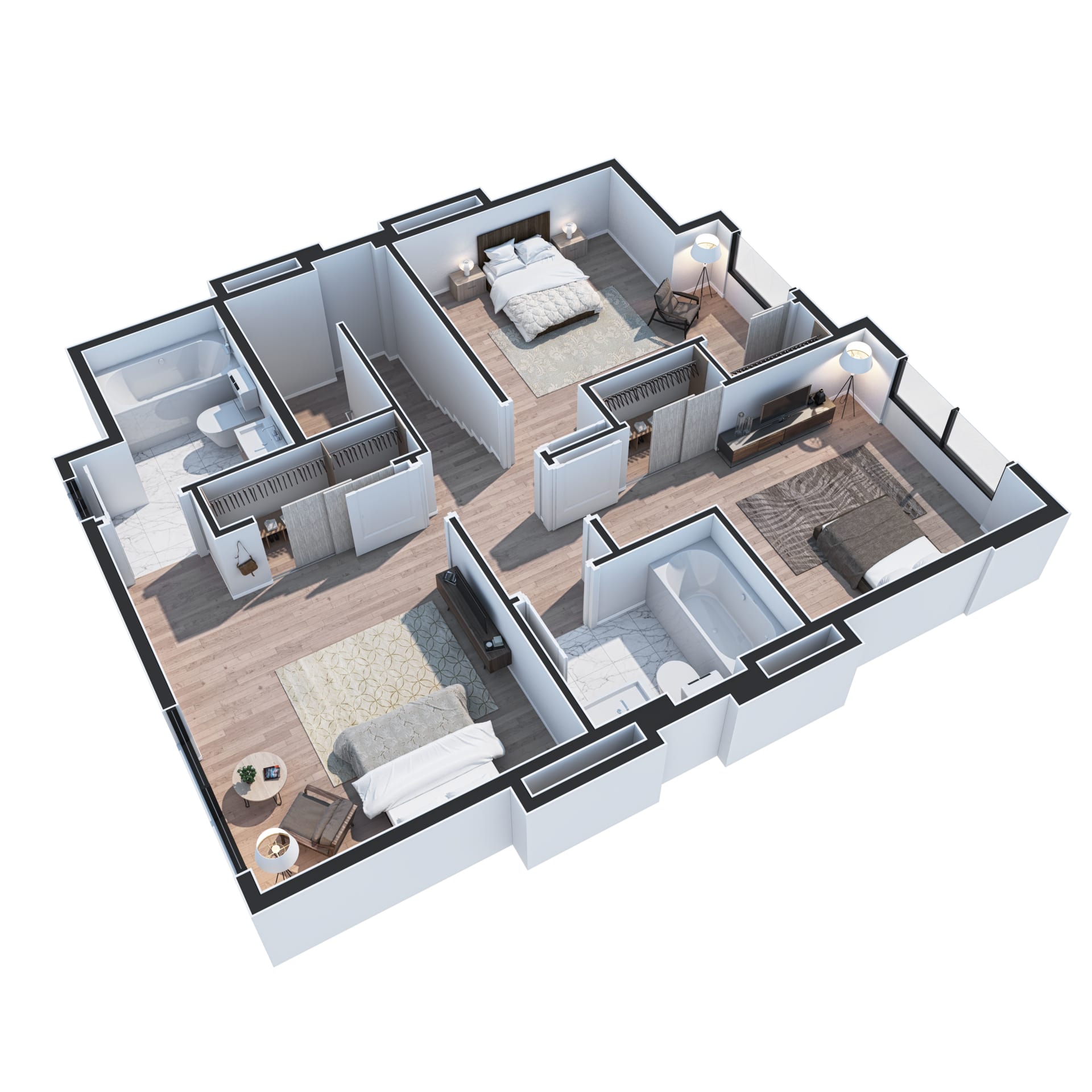
How 3D Rendering may quietly impact our day to day life
3D Rendering is something that is all around us every day, yet often times we do not even notice it is there. From the latest episode of Game of Thrones to the signage around a new construction site, the uses seem to be endless.
Here are a few of the various applications of 3D Rendering:
- CGI in film and TV
- Architectural Rendering for real estate
- Virtual Reality training and simulations
- Medical imaging
- Geographical survey images
Different types of 3D Rendering software
There are many types of programs that can create 3D renderings. Each application is going to have its own strengths and weaknesses.
- Mental Ray - this rendering engine is the one I learned on. It allowed you a great deal of freedom to create 3D Art but it had a steep learning curve. Development of this software is no longer supported.
- Unbiased Rendering engines - programs like Redshift and Octane. These programs are easy to use and yield realistic results.
- Lumion - Very intuitive and fast. This program is almost like playing a video game with the ability to add your own 3D models. Although the realism isn’t quite as high as other unbiased rendering engines the speed and user friendly interface makes up for it.
How to get started in 3D Rendering
Are you ready to give 3D Rendering a try for yourself?
You're in luck, there are many different exciting fields available for 3D artists.
Here is a small list of potential jobs
- Modeler
- Texture artist
- 3D Lighting artist
- Animator
- Compositor
- Matte painter
- Environment artist
- Character artist
The first step is to learn strong fundamentals in 3D software while sharpening up on your creativity skills.
Learn as many different techniques and rendering programs as possible.
YouTube offers countless tutorials to help get you on your way.
Here is a small checklist of items to cross off when you're building a new scene:
- Are you creating high quality 3D models that are easy to work with?
- Are you laying out UV's in an intelligent way?
- Are you able to create high quality textures in Photoshop?
- Are you able to apply these textures without seams?
- Are you able to add a lighting setup that works for your scene?
- Are you able to animate the scene in an appealing way?
- Are you setting up your camera to create a well composed image or animation?
- What is the render time on your images?
At the end of the day, the only question that matters is...
- Do your renders look good?
Once you figure out the basics of a 3D program the real key is practice. Working in 3D is one part computer science and one part artistic endeavor. As with any artistic discipline, the more you do it the better you get. (as long as you continue to challenge your skills)
Job Prospects in 3D Rendering:
Although working in the 3D rendering field can be rewarding, it can also have it's challenges.
I began my journey in 3D Rendering by enrolling in an animation school. These types of schools often charge a lot of money and offer no real guarantee you will be successful.
Unlike many of other industries at the end of your program your piece of paper doesn't mean a lot. Employment is generally based on a demo reel or portfolio, not your GPA. 3D rendering is a results driven industry which can be great, but as with any art there is a level of subjectivity. This can be frustrating when job hunting but with a positive attitude and serious skill there are opportunities to be had.
Here are a few different career possibilities as a 3D artist:
- 3D Character Artist
- 3D Modeling/Texture Artist
- 3D Animator
- 3D Designer
- Game Designer
- Concept Artist
- Architectural Rendering Artist
- Product Rendering Artist
- 3D Generalist
OK, So you've managed to become good enough to get hired in 3D.
Congratulations.
What can you expect as an employee?
Glassdoor notes the average base salary in California at around $76,000 per year.
Along with a competitive salary many 3D companies make an effort to allow a good work life balance. Top companies pride themselves on having a kick-ass office with a relaxed vibe. That being said, when a deadline is there expect to work as long as it takes to finish the job.
3D Rendering in 2019
3D Rendering is an industry which is evolving quickly. In the last 10 years we’ve seen countless advancements, an ever changing landscape of new programs and new demands. Now in 2019 3D rendering is a big part of exciting emerging technologies such as virtual reality and augmented reality.
Creating 3D Renders continues to be made easier and more accessible while realism and speed continue to increase. Over the next few years elements in video games and movies are going to continue to creep towards realism until they are indistinguishable from the real thing.
As a 3D artist you must stay on your toes with the newest technology, however, the fundamentals of good art and technical abilities remain key.
As a 3D Rendering company we are constantly evolving and looking to perfect our services.
Have any questions? Let us know! Email us at info@gswanimation.com
